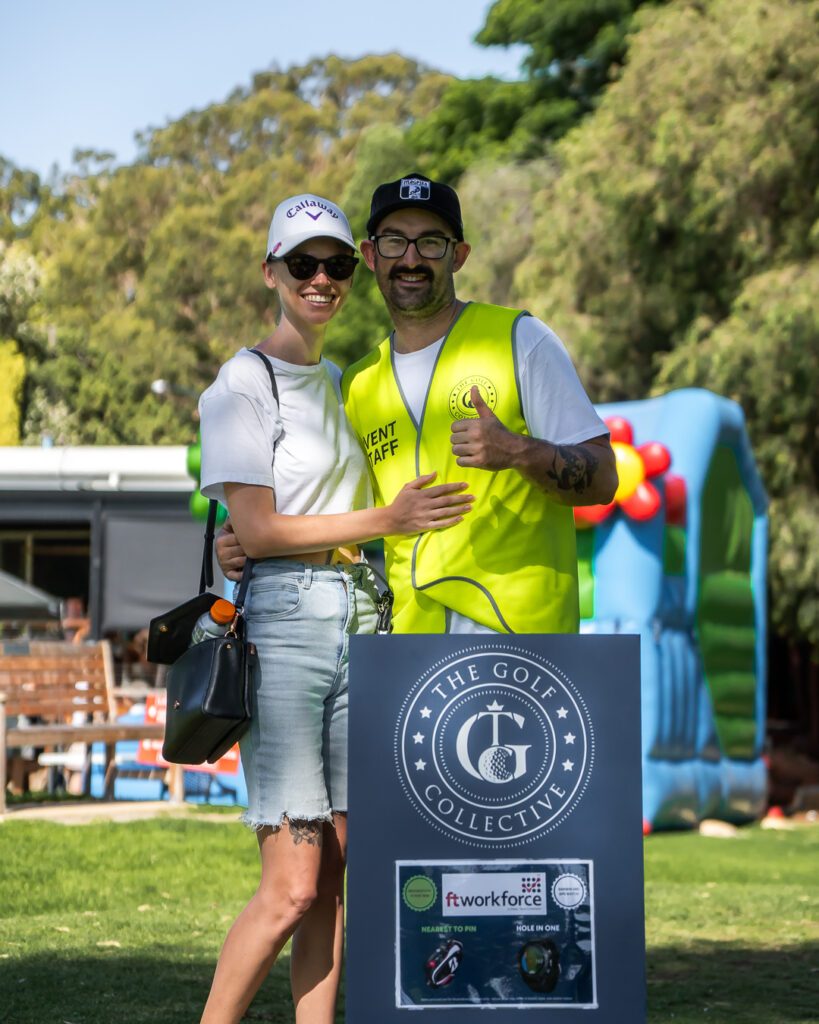The Best Way to Recover After a Bad Hole: Reset and Refocus
Every golfer, whether an enthusiastic weekend warrior or a seasoned pro, has faced it: the dreaded bad hole. One hole where things go sideways, your score balloons, and your mind starts to go out of control. But the best players aren’t defined by the mistakes they make—they’re defined by how they recover from them. Bouncing back after a tough hole is one of the most valuable mental skills in golf. Let’s break down exactly how to reset and refocus so you can keep your round on track.

1. Acknowledge and Accept the Mistake
The first step to moving on is acknowledging what just happened without letting it consume you. It’s natural to feel frustration, anger, or even embarrassment. That’s human. But the faster you accept the mistake, the quicker you can regain control of your mental game. The biggest step to doing this is to realise that everyone has a ‘Bad Hole’ even professionals.
Why It Matters:
- Ignoring emotions causes internal tension that affects your next shot.
- Denial can lead to repeating the same mistake because you never addressed it.
What to Do:
- Give yourself a short moment to react—take a deep breath, clench your fist, shake it off.
- Then mentally close the door on that hole. It’s done. The next shot is a clean slate.
2. Create a Reset Ritual
Developing a personal reset ritual helps you mentally “turn the page.” It signals to your brain that you are moving forward and shifts your focus back to the present.
Examples of Reset Rituals:
- Breathing Techniques: Try a 4-4-4 breath: inhale for 4 seconds, hold for 4, exhale for 4. It calms your nervous system. In through your nose, out through your mouth.
- Physical Movements: Re-adjust your glove, stretch, or take a practice swing to re-ground your body.
- Mental Imagery: Picture the next shot going exactly as planned. This builds confidence and clarity.
The key is consistency—use your reset ritual every time things start to go wrong.

3. Use Positive Self-Talk
What you say to yourself after a bad hole is critical. The wrong internal dialogue can wreck your confidence, while the right one can lift you back up. Try to imagine your inner voice is your caddie. Your ‘caddie’ will never say things like ‘you are hopeless’, ‘you can’t play this game’, ‘you are a bad golfer’. So why should you tell yourself this? Speak positively to yourself and positive things will happen.
Negative Talk: “I’m blowing it.” “I always mess up.”
Positive Reframes:
- “That was one hole. I’ve got plenty of golf left.”
- “I’ve recovered before, and I can do it again.”
- “Let’s make the next shot count.”
Takeaway: Speak to yourself the way a great coach or caddie would. Be firm but encouraging. You’re not ignoring the mistake—you’re choosing not to let it define your round.
4. Stay Present with a Process Mindset
Golf punishes those who live in the past or worry about the future. The solution? Focus only on the process, not the outcome.
Why It Works:
- A process mindset keeps your attention on things you can control.
- It reduces anxiety about your score or leaderboard.
How to Stay Present:
- Focus on your pre-shot routine: grip, alignment, and one swing thought.
- Play one shot at a time. Don’t think about making up for a double bogey on the next hole. Just hit the best next shot you can.
I always say to myself. Control the Controlables.

5. Use Body Language to Reset Emotionally
Believe it or not, how you carry yourself affects how you feel. Slumped shoulders and angry body language reinforce negative emotions. Confident posture, on the other hand, boosts mental toughness.
Adjust Your Body Language:
- Stand tall, shoulders back.
- Walk with purpose to your ball.
- Avoid visible signs of frustration.
This isn’t about faking happiness. It’s about signalling to your brain that you are still in control.
6. Learn From It, Then Let It Go
Every mistake is a chance to learn something that makes you a better golfer. But learning and dwelling are two different things.
What You Can Learn:
- Was it a poor club choice?
- Did you rush your routine?
- Were you distracted or tense?
Then Let It Go: Take the lesson and move on. Don’t carry emotional baggage to the next hole. The best players make adjustments, not excuses.

7. Breathing and Visualisation as a Reset Tool
Two of the most underused tools in golf are also the most effective: breathing and visualisation. They work together to calm the nerves and refocus your energy.
Breathing Tips:
- Between holes, take a long, deep breath to slow your heart rate.
- Exhale slowly, releasing tension as you do.
Visualisation Tips:
- Before the next tee shot, picture the ball flight you want.
- Imagine the ball landing softly on the fairway or green.
This creates a mental blueprint for success before the club ever moves.
Final Thoughts: Golf Is a Game of Recovery
No one plays a perfect round. Even the best in the world hit poor shots and have bad holes. The difference? They know how to recover.
The next time you struggle on a hole:
- Pause, breathe, and reset.
- Use a simple routine to shift your mindset.
- Focus on the next shot, not the last one.
Golf is a mental game as much as it is a physical one. Learning how to recover after a bad hole doesn’t just make you a better player—it makes the game more enjoyable.
Every hole is a new opportunity. The quicker you can reset, the sooner your round gets back on track. Stay calm, stay focused, and remember: the best golf is still ahead of you.













